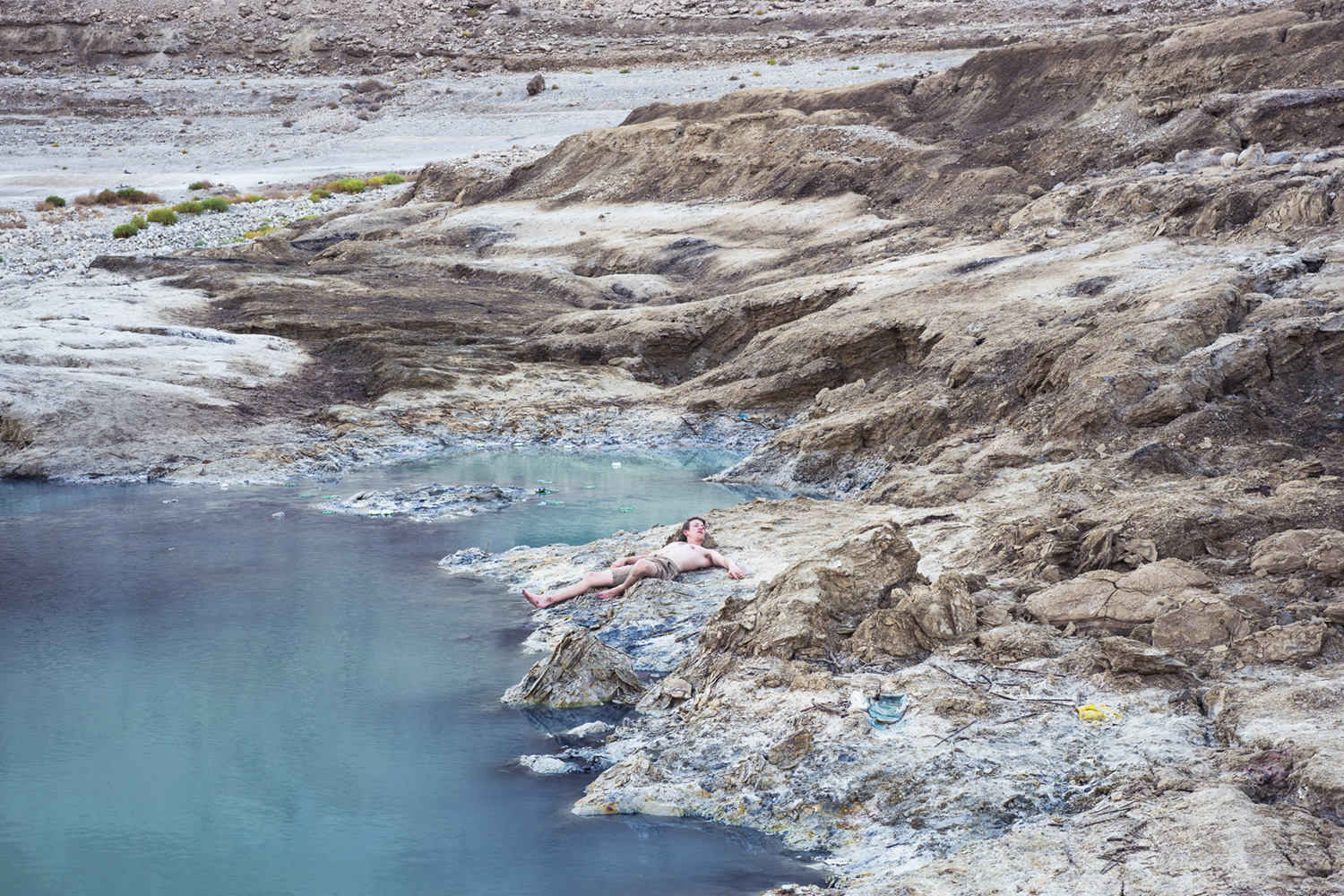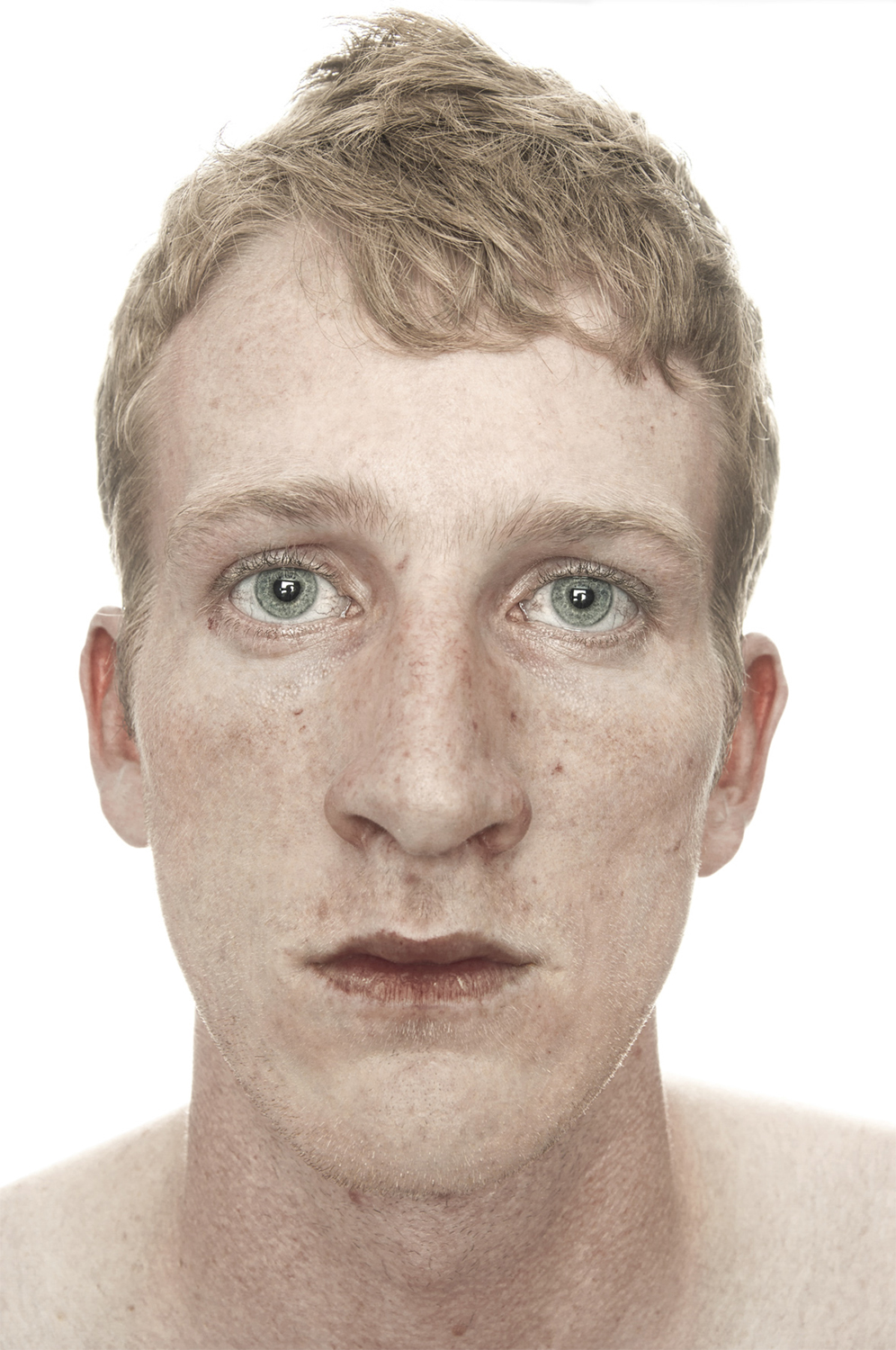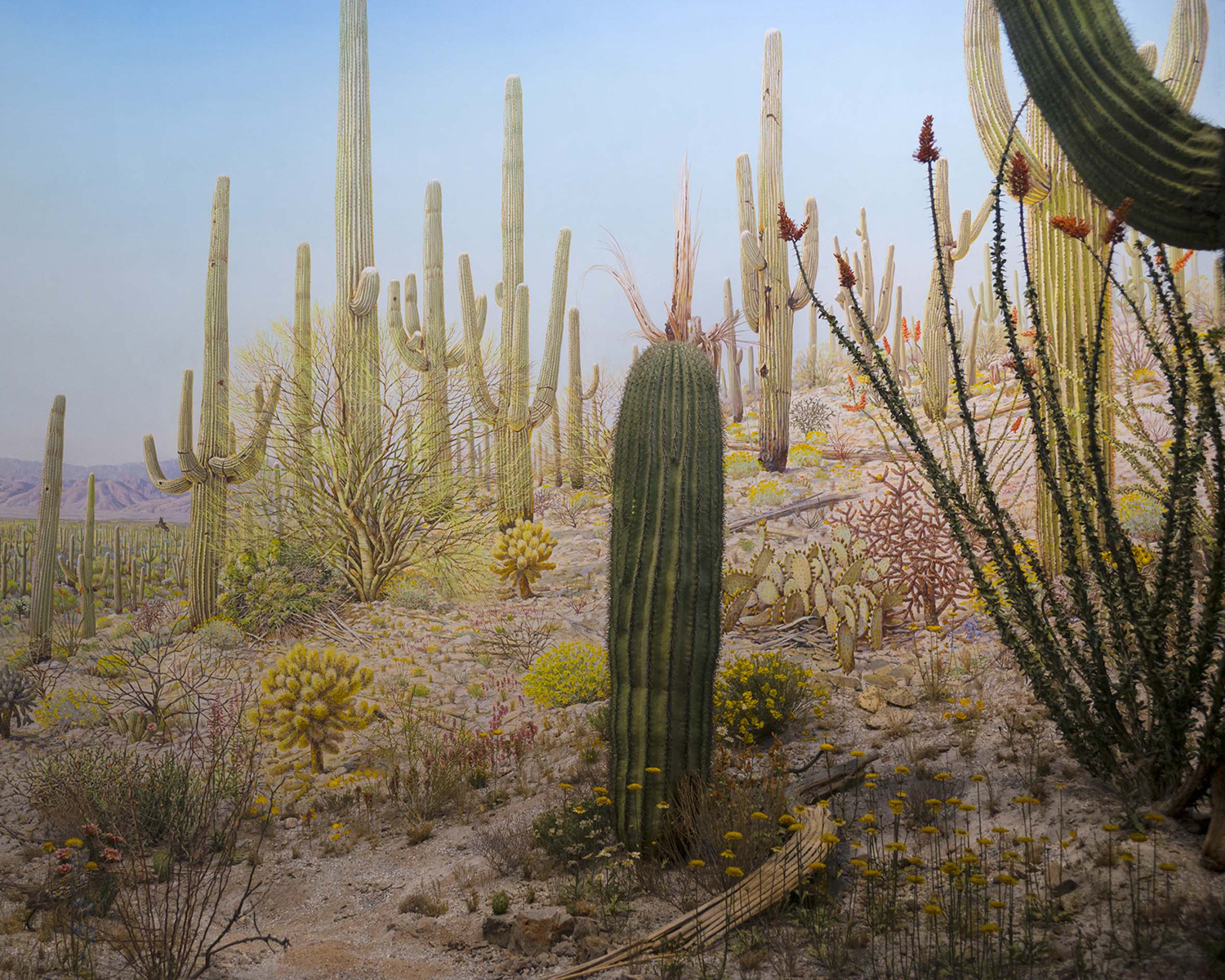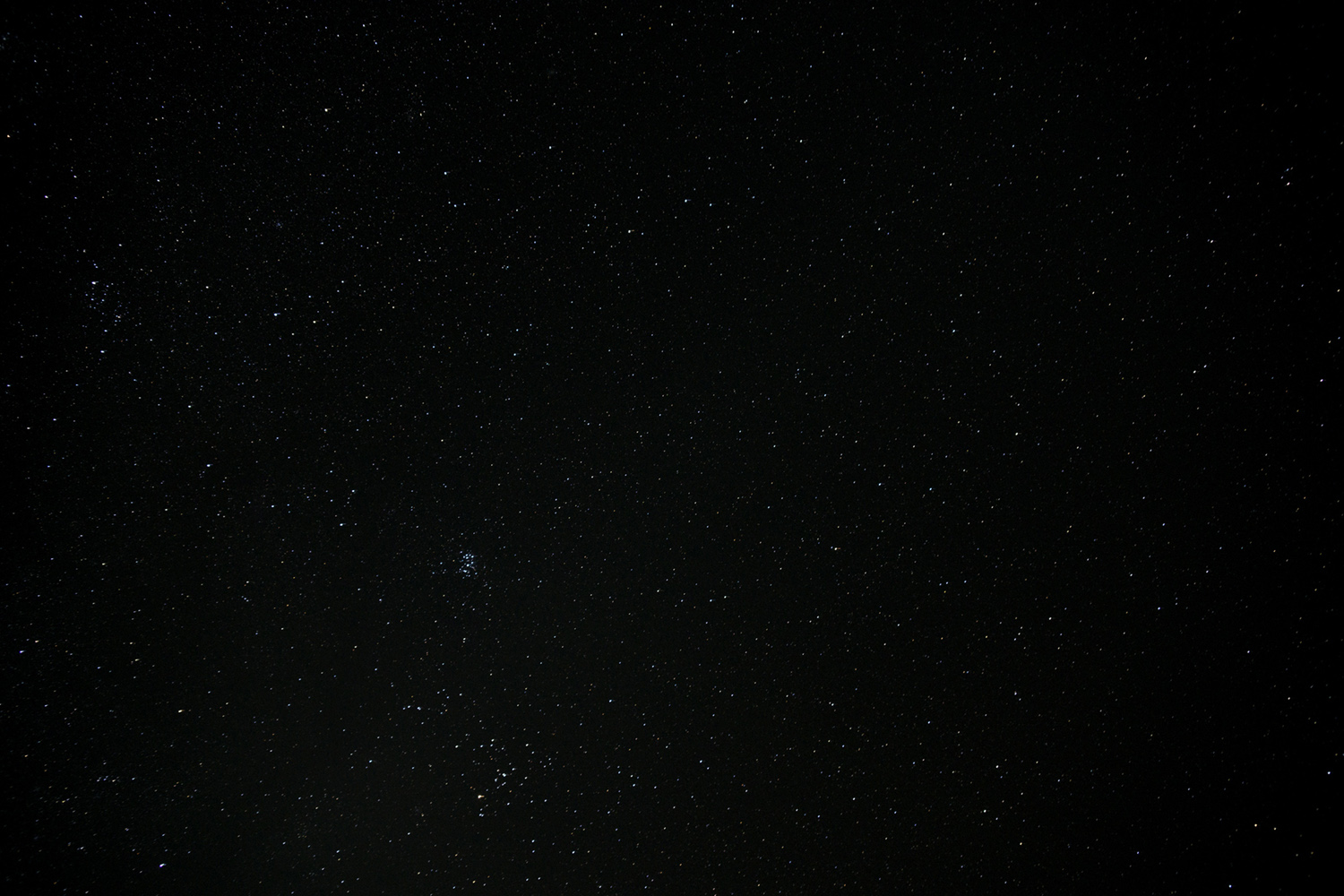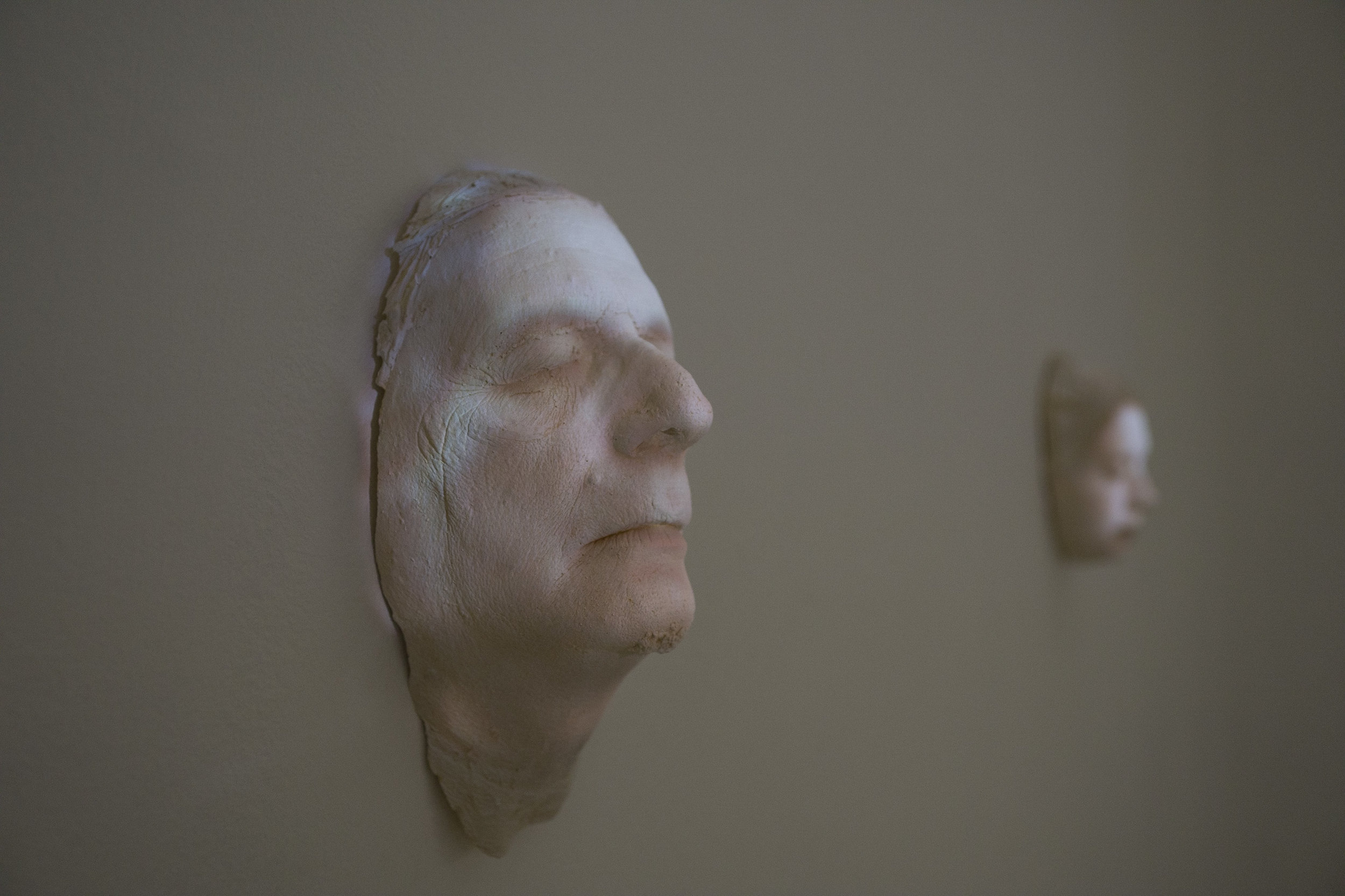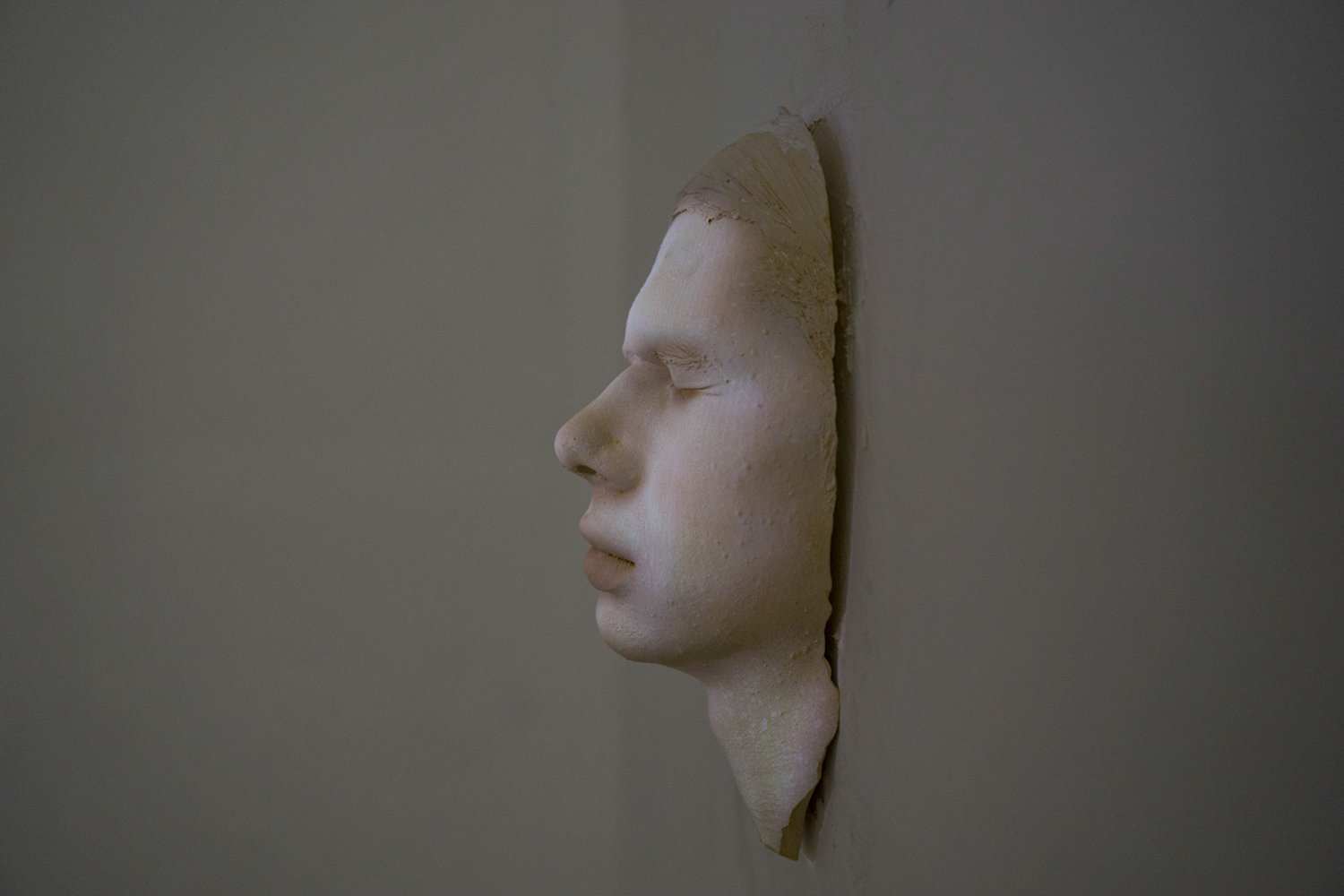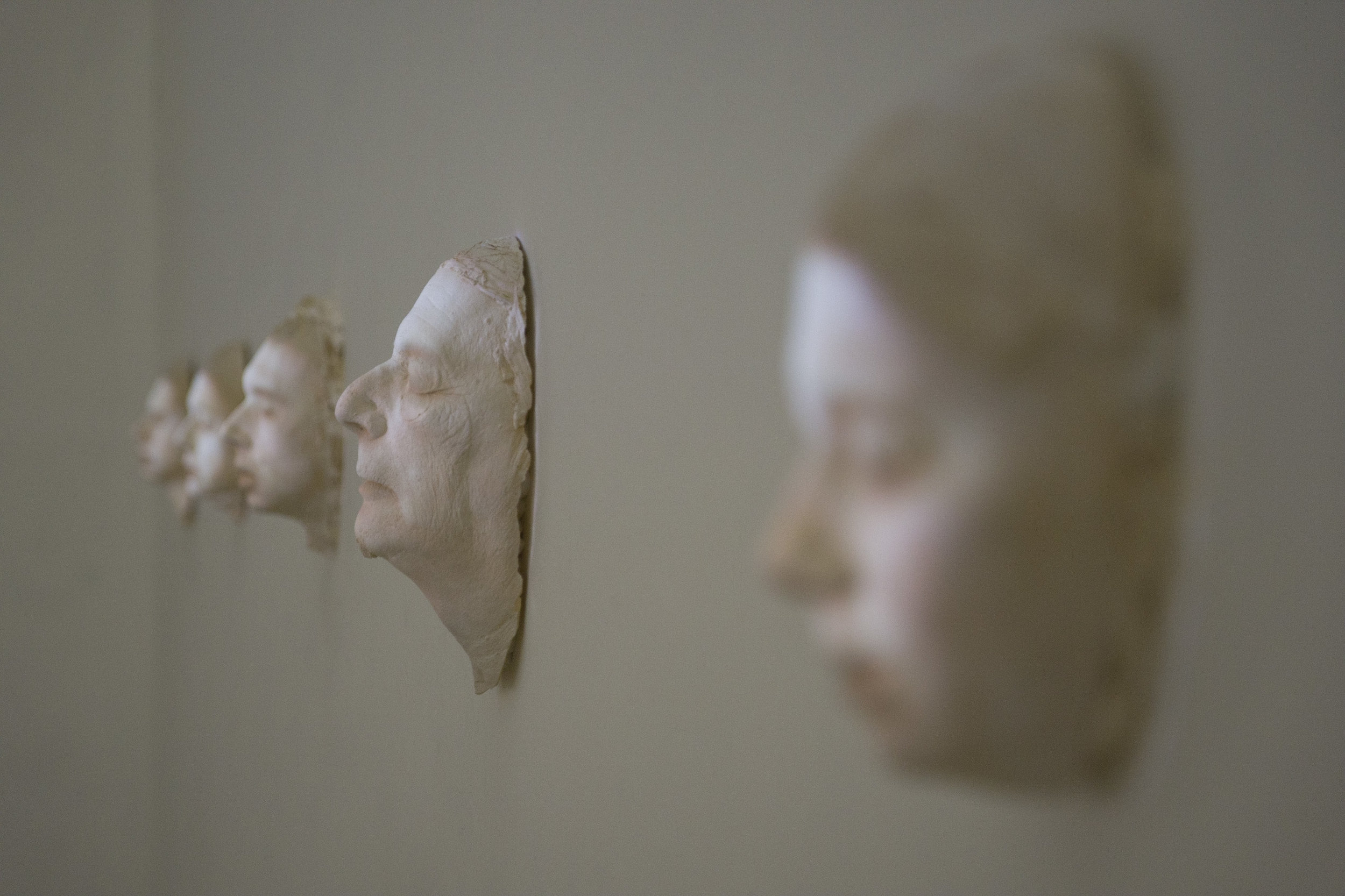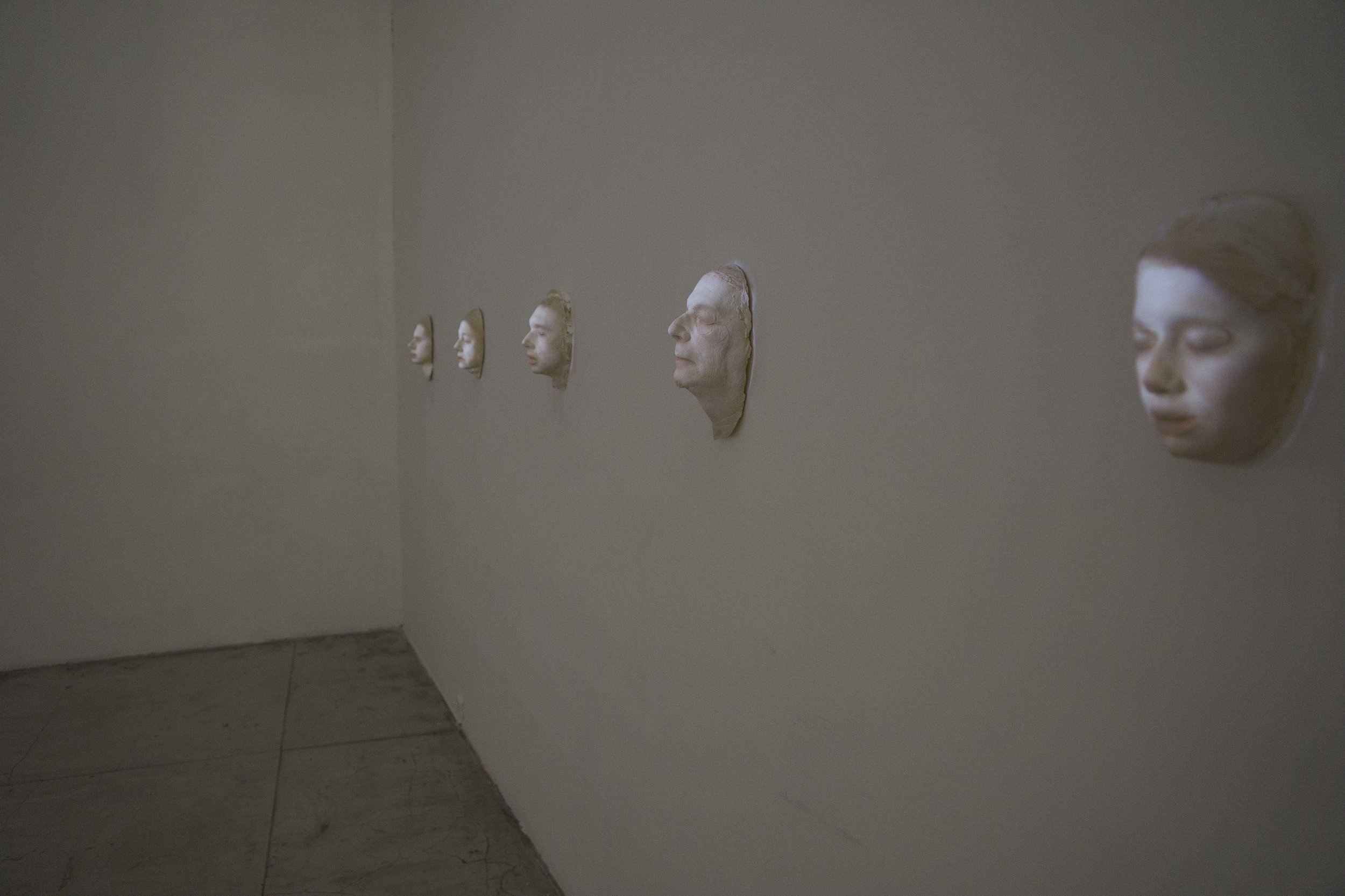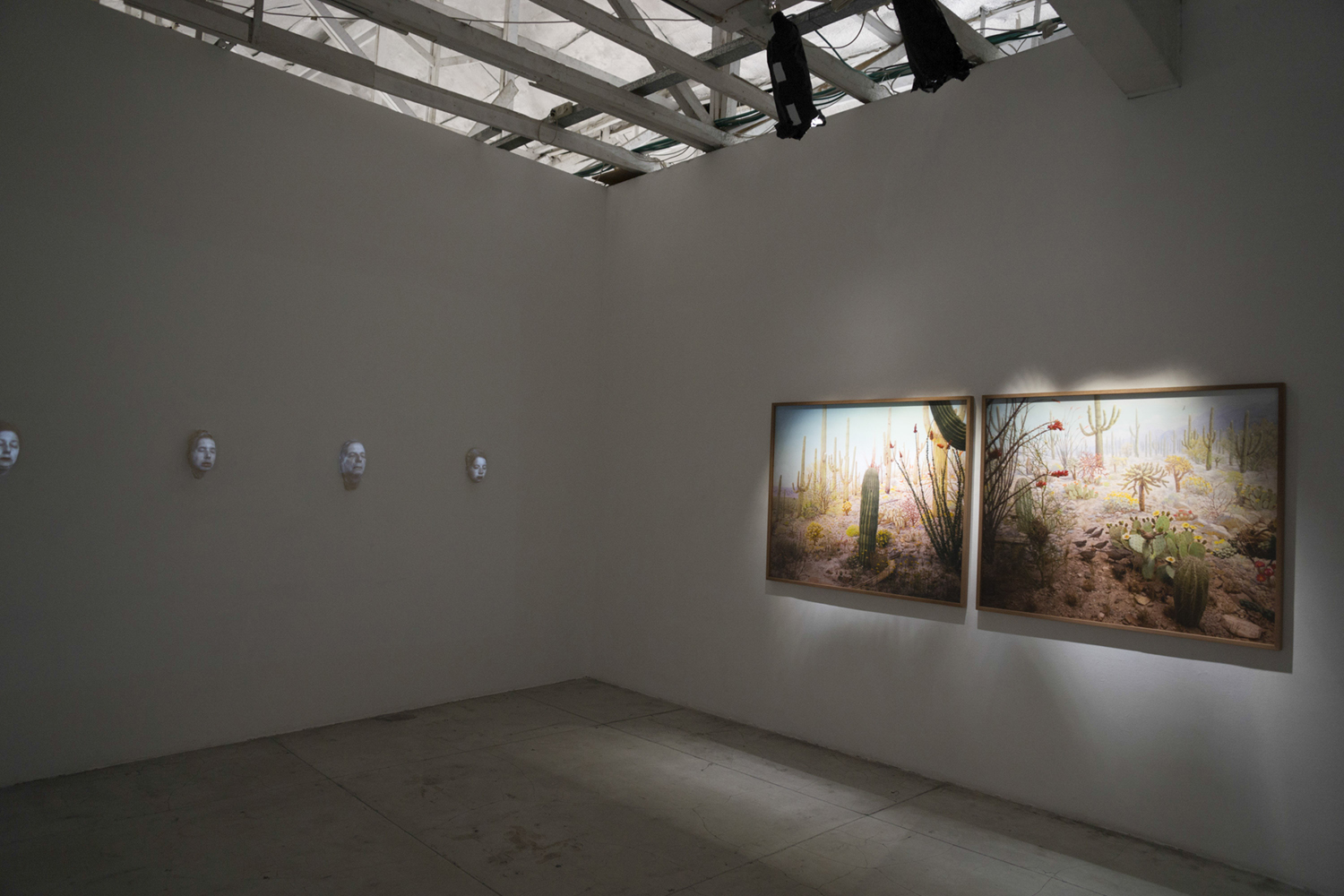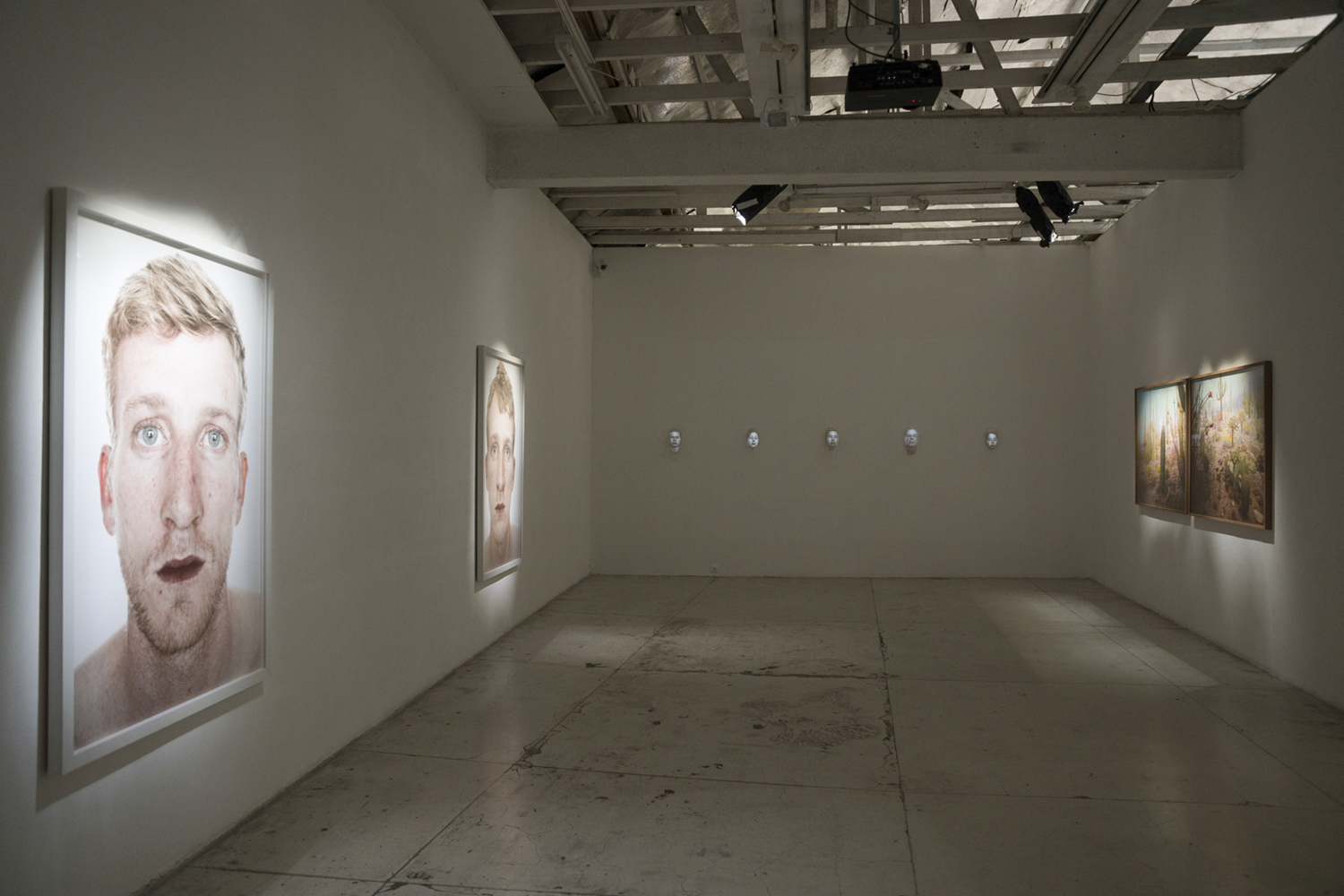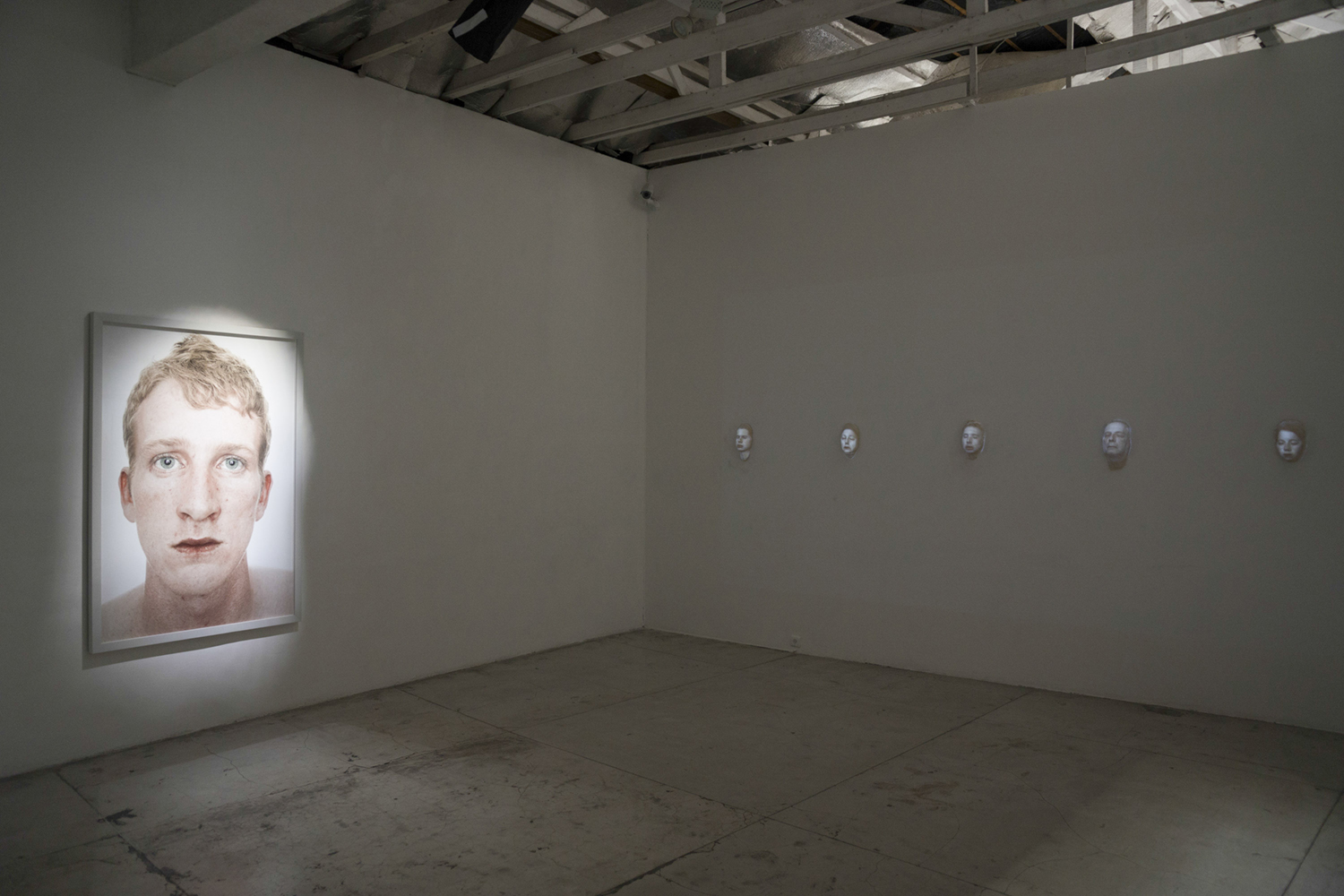No Time
No Time
Itamar Freed conjoins direct photography that depicts artificial, staged figures with realistic representations of portraits and landscapes. The regions of photography in which he works move between three expanses: the desert wilderness (Mitzpeh Ramon and the Dead Sea), Natural History Museum in New York, and his home studio. The encounter between the three territories – the wild, the cultured and the staged, creates a deceptive sensation.
Until recently, Freed has exhibited distinct photographic bodies of work.
In his first museum show, he dismantles his serial perception and connects together autonomous Images whose deep consciousness is similar. They all contain a death-dealing element, and some have a life-giving element. They are at once poetic and shocking, and subvert the true nature of things in the world.
The viewer standing opposite a pair of wilderness landscape photographs that are located on an axis between actual and artificial landscapes, may choose his position: to be located within a closed space and to look outwards through a window at the landscape, or to look inwards into a three dimensional diorama model built within a display box.
Polymeric facial casts of members of the artist's close family are hung on the wall in a horizontal row, functioning as cast images, as death masks, upon which Freed projects respectively the family members portrait photographs. In this act of mapping projection, the artist momentarily revives his family, fixes it in its own time, and perpetuates it in memory as if taken from a magic room. Similar to the stuffed animals which he used in earlier photographs, these works also contain the act of embalming.
The dialogue between life and death also takes place in the work “Stars” that describes a heavenly expanse sewn with glowing stars. The appearance of light in the dark of night is an illusion. To contemplate stars that are light-years away from us is like looking back in time, toward the past. Freed's photographic work does not document the stars themselves but their memory, or it foretells their death.
The double portrait of Nisan, a young man, was shot twice at an interval of three years. The photographic medium allows investigation of the minute changes that time marks on living flesh. And what has already happened to a young man who remains young? Does the doubled photograph strengthen the observing eye and enable discovery of something hidden? Are there in fact two different photographs or is it a manipulative Photoshop act? The artist's figure appears twice in this show. Once it is a death-mask that has become alive, and the second time as a reflection in Nisan's pupil.
A half-naked man lies in a posture of death upon a boulder at the Dead Sea. His figure reminds me of young Icarus from Greek mythology, who flew too high until he fell from the sky. Freed views his subject from above, looking upon the rock's surface that was formed by a sink-hole that suddenly gaped open in the earth. The area of the sink-hole is stained by greenish minerals and salt, which is known as a preservative. This anonymous half dead\half alive person is connected to the literary space that is not hinted at in the photograph. And the photograph, taking place in the Dead Sea, foretells the end of the story.
Ayelet Hashachar Cohen.
